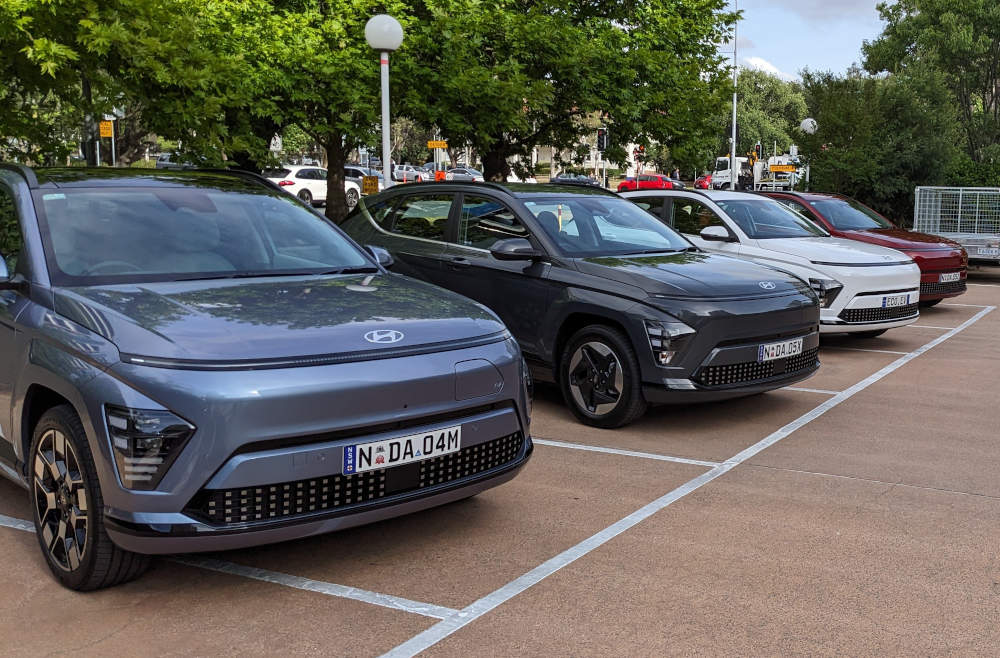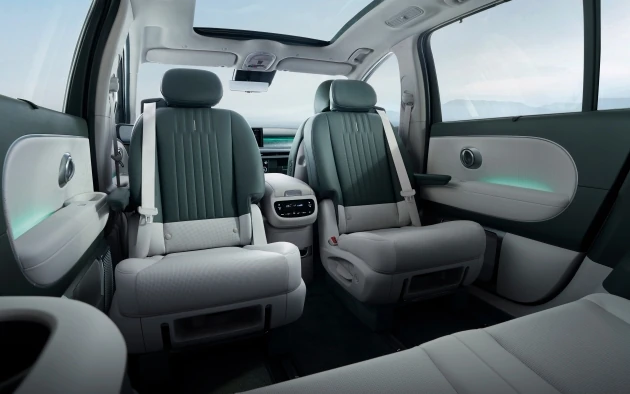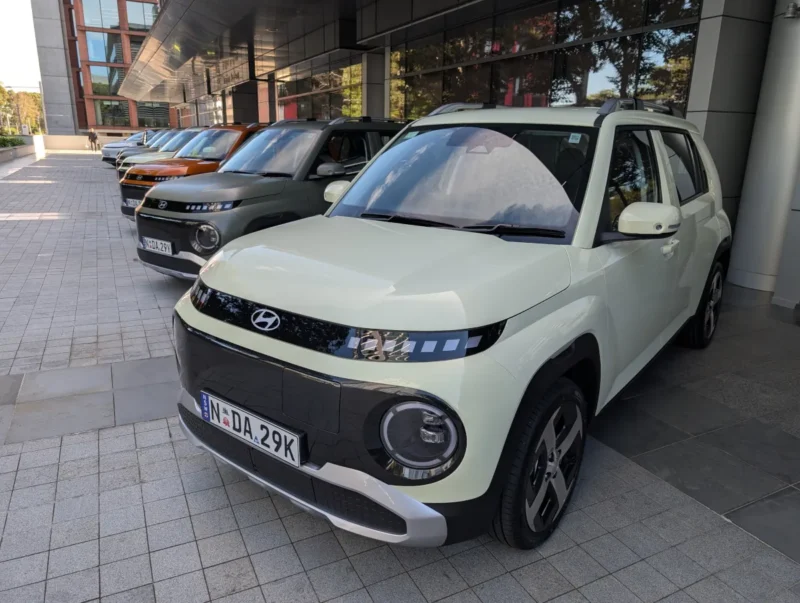Hyundai Motor Company Australia (HMCA) appointed Don Romano as President and CEO in March 2025, with the primary goal being to arrest the brand’s sales decline and turn things around during his next 2-3 years in the role.
From highs of more than 100,000 vehicles sold in 2014 through 2016, Hyundai sales have slowly declined since then, dropping to 75,000 in 2023 and 71,000 in 2024. Battery electric vehicles accounted for just 3.7% of Hyundai’s 2024 sales, a total of 2,665 EVs across Kona EV, Ioniq 5 and Ioniq 6.
Speaking with the media during a press conference for the launch of the Hyundai Inster, its smallest and lowest cost EV to date, Romano says his responsibility is to stop the decline in the sales, “not to go right up to 100,000, but to start growing again.”
Romano comes to Australia following a successful 10-year term as President and CEO of Hyundai Auto Canada (HAC), where he oversaw a record period of growth and Hyundai becoming “Canada’s largest mainstream seller of [battery] electric vehicles.”
Despite the Inster recently launching as Hyundai’s most affordable EV, Romano confirmed the Inster is not expected to top their EV sales charts. The Kona EV and Ioniq 5 will remain their volume sellers, with broader appeal and capabilities for families.
Hyundai’s approach to turning sales around in Australia will evidently not be relying on their electric vehicle lineup then. The Ioniq 5 is currently sitting in 20th place on the EV sales charts, having sold 299 units up to the end of April, 2025. Kona EV is 25th with 243 sales year to date.

These year to date figures compare poorly among the top selling EV models, such as sister brand Kia’s EV5, which is averaging 350 – 400 sales per month, while 336 of the smaller Kia EV3 also sold during April in its second month on the market.
Newcomers from Chinese brands are rising up the sales charts and comfortably outselling Hyundai too. For example, Geely sold 324 EX5’s in April, with sharp prices that match the Hyundai Inster range.
To boost sales in the short term as well as meet NVES requirements, Hyundai is planning to take advantage of the growth in hybrid and plug-in hybrid sales, ensuring dealers have enough supply of these vehicles to meet customer demand.
“We’re seeing growth in the HEV segments, we’re seeing the BEV segments flat to decline. We’re seeing ICE vehicles flat to decline, and we’re seeing a lot of pressure from the government on the NVES requirements.”
“We have to take all those into account and say the best play for right now, where HEVs do count for credits, is to go for the HEVs and build as much credit as we can. So that’s the game plan, but at the same time we’re the second largest HEV seller even today,” Romano said.
Servicing and warranty are two other areas that Hyundai will be trying to strengthen as part of an effort to improve their customer experience. Investigations are already underway for a move to 7-year warranties, as the current 5-year warranty period is increasingly falling short compared to 8 or 10 years that some other manufacturers offer.
In terms of Hyundai’s electric vehicle lineup, next to arrive in Australia is the 3-row Ioniq 9, launching in the latter part of 2025. The Ioniq 9 will complete Hyundai’s EV range, offering luxurious amounts of space and creature comforts throughout the cabin.

An updated Genesis GV60 will also land in Australia before the end of 2025, featuring similar improvements found on the refreshed 2025 Hyundai Ioniq 5 including a larger 84 kWh battery and revised interior styling.
For the performance enthusiasts, we will most likely see the highly anticipated Ioniq 6 N at the start of 2026 rather than later this year. Based on the winning formula found in the Ioniq 5 N, the Ioniq 6 N will offer the same unique drive modes as well as some new features that Hyundai’s N division are keen to show off.

Tim has 20 years experience in the IT industry including 14 years as a network engineer and site reliability engineer at Google Australia. He is an EV and renewable energy enthusiast who is most passionate about helping people understand and adopt these technologies.

